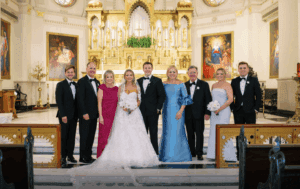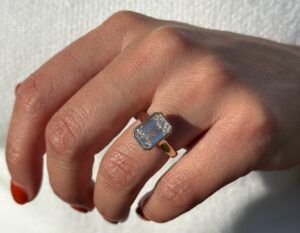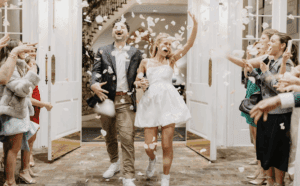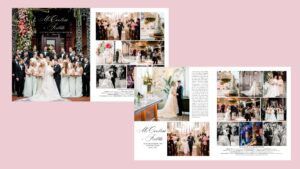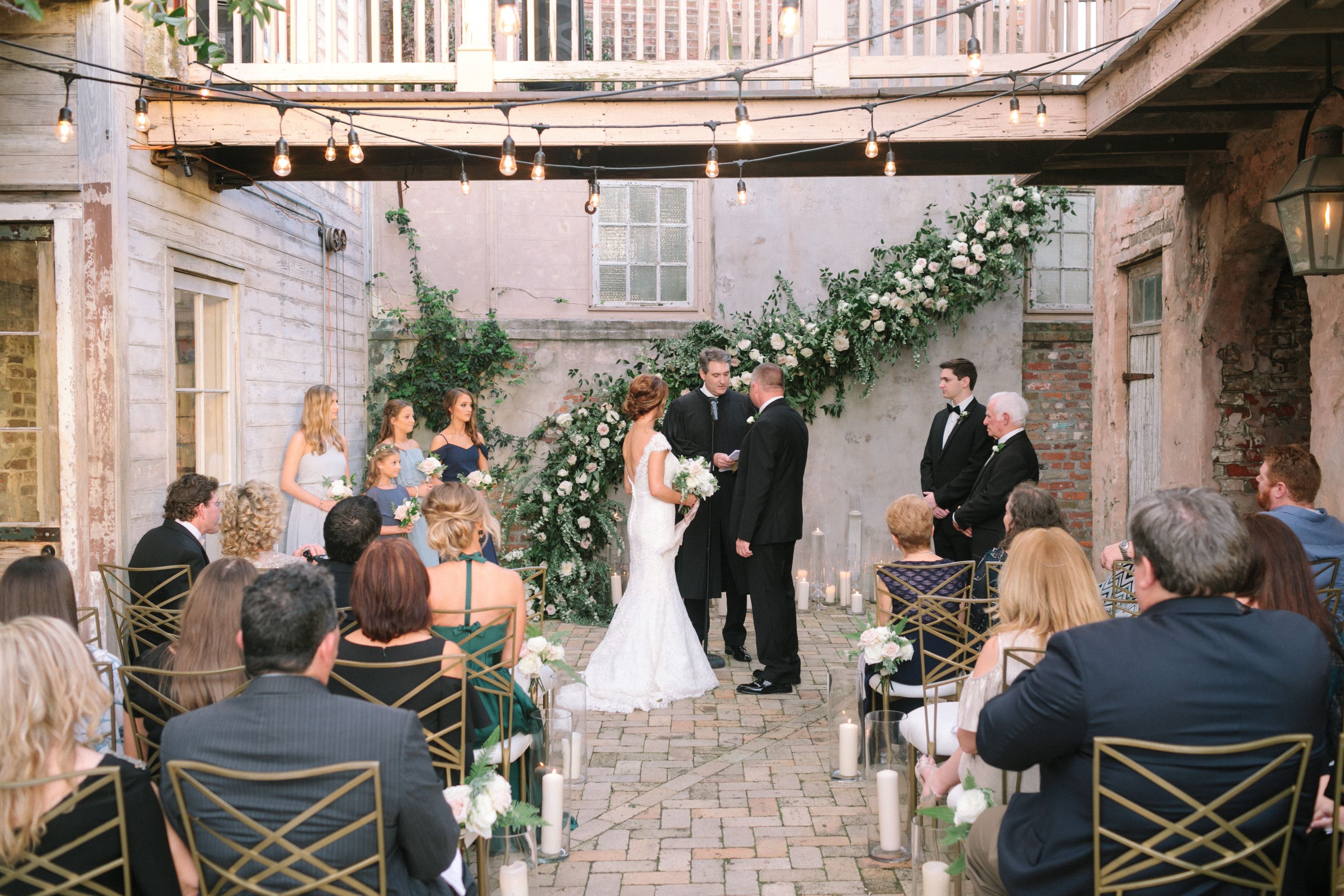
Ask the wedding expert: Angela Marie Events talks traditions
Traditions can be tricky. Weddings are like a balancing act of the new and unique with the old and the cherished. However, Angela DiVincenti Babin of Angela Marie Events says the combining of the two doesn’t have to send you into full-blown panic. Rather, the decision of what to include and what to exclude is as simple as talking with your soon-to-be spouse and considering your overall vision.
“What traditions couples include really just depends on what they feel comfortable with,” says Babin. “It also has to do with where the couple is in life.”
We asked Babin about a few key traditions, and how she has seen them exist in recent years.
The bride’s family covering the entire cost of the wedding:
With the mounting cost of weddings, the idea that one family has to absorb the entire cost of the big day can be overwhelming. Babin says that with some of her recent clients, she has seen a greater splitting of the burden, as grooms’ families take on more responsibility, especially in certain circumstances.
“Sometimes the groom has a big family, so his family chips in to make it more fair,” explains Babin. “Some etiquette does say that the groom pays for things like transportation, part of the florals and perhaps the groom’s cake. People just don’t always have the money to do it all on their own anymore.”
Blush as a traditional wedding color palette:
“I don’t think that will ever fade out,” says Babin. “There are three colors that I think stand the test of time: white, blush and purples. They’re never going to go away. They’re classic.”
However, while choosing a timeless look is a priority for most brides, Babin says it isn’t bad to take a chance and choose a color you’re drawn to, even if it isn’t one of her big three. Weddings are about letting your personality shine, so opting for a palette that you and your fiancé favor will never be a mistake.
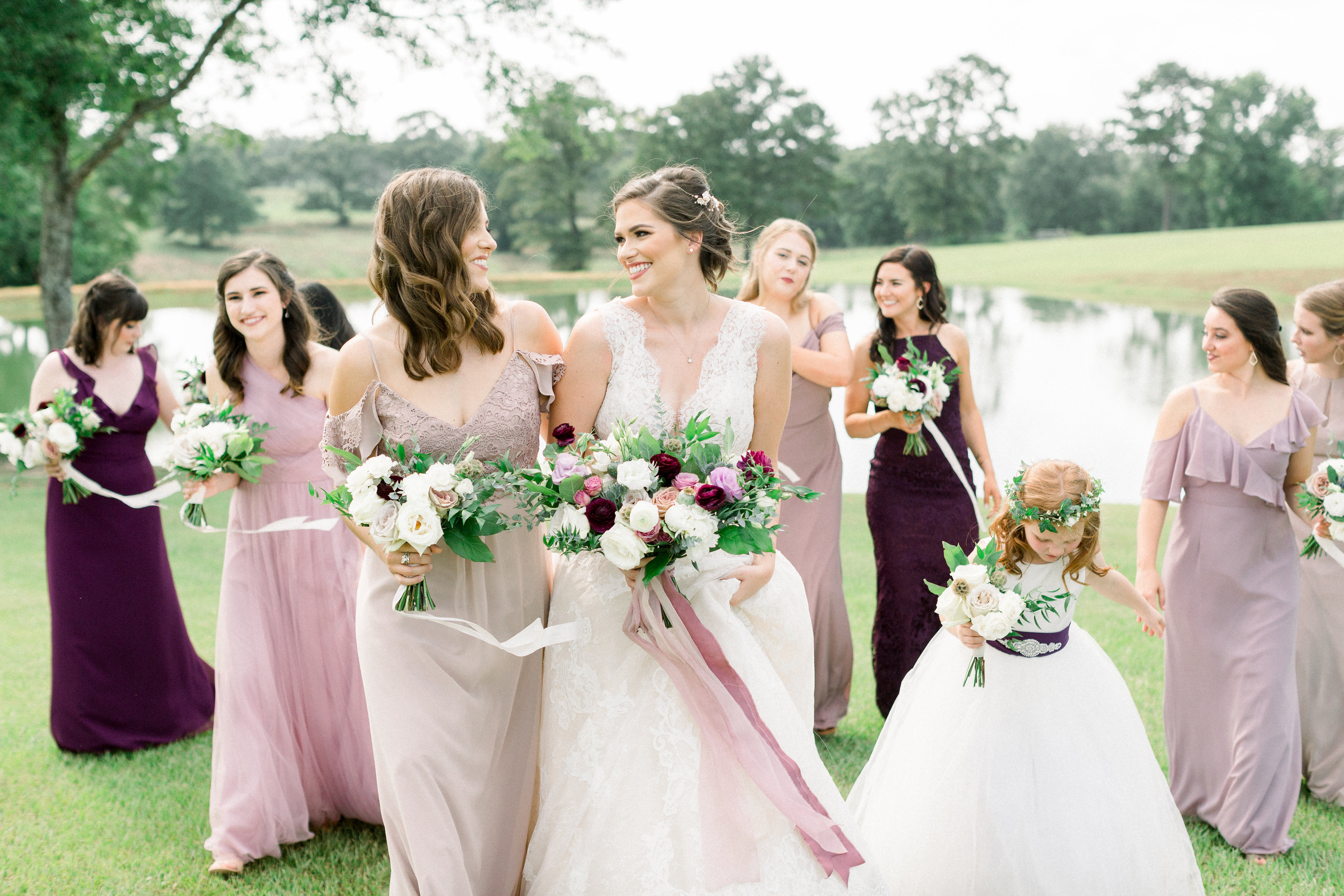
Greeting guests with a receiving line:
Mostly gone are the days of brides and grooms greeting each and every guest at the start of the reception. Babin says that while some couples still include the tradition, they are few and far between.
“It just takes up so much time,” says Babin, noting that the couples that do include the receiving line often have smaller weddings. “In other parts of the country, they have longer and more structured weddings, which allows something like this to make more sense. But here our weddings are more unstructured and just geared at getting the party started.”
Including the garter and bouquet tosses:
Meant to signify which of the party guests will be the next to take the walk down the aisle, the rituals can be a fun way to engage with guests. But for some couples, it just doesn’t fit. Babin notes that many older couples might opt out of the tradition simply because most of their guests and friends are already married, making the ritual obsolete. However, she also says that the decision to exclude the tosses might also be motivated by a desire to stay out of the spotlight.
Wearing a veil:
Over the years, the accessory has gone from one of superstition–meant to both depict the modesty of the bride and safeguard the new couple’s vows and relationship–to a fashion statement. In recent years, as weddings have moved from churches to botanic gardens, museums and beaches, more and more brides have chosen to lose the old-fashioned element.
“Especially when the ceremony isn’t in a church, a veil just doesn’t seem necessary,” explains Babin. “What I tell my brides is to think about where you will be walking. If you’re on brick, it will stick. Also, veils are expensive, so if it isn’t something a bride feels passionate about, it’s likely to get cut.”
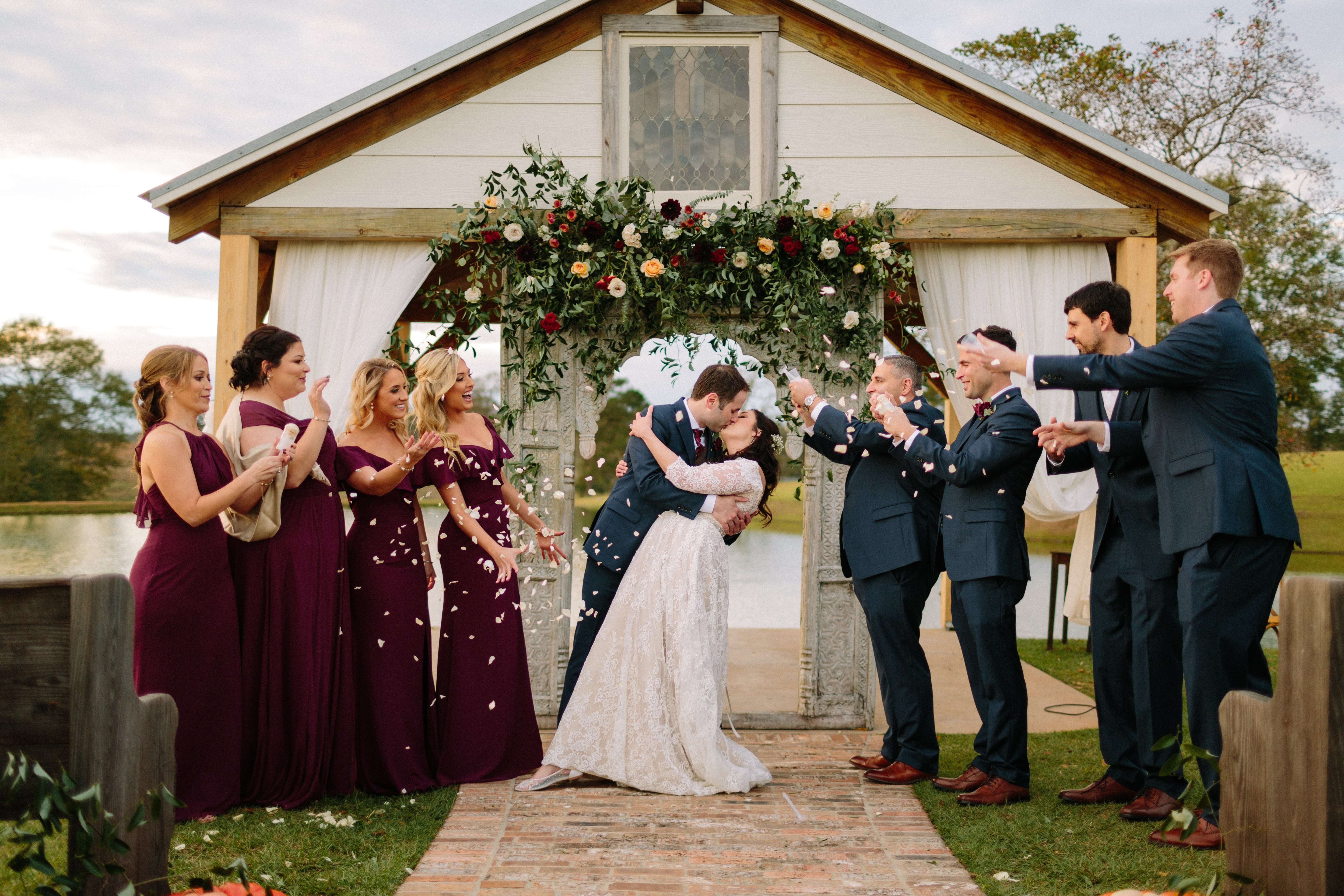
Doing cake pulls at the reception:
While the fun tradition gives your bridesmaids yet another way to participate in your big day, Babin says it’s best saved for more private, and less chaotic, moments.
“By that point in the day, the bridesmaids are over their duties,” says Babin. “I usually try to persuade brides to instead do it at the bridesmaids’ luncheon. They’re likely to lose the pulls at the reception, so doing it at the luncheon gives the bride and bridesmaids more time to talk about what each charm means and all of that.”
Parading with a second line:
This tradition, a nod to Louisiana culture and its vibrance, is still going strong, according to Babin. Many local couples, and even those celebrating here from out of town, opt to include the parade as part of their big day.
“It’s a great way to transition people from one space or area to another,” explains Babin. “The few couples I have had who have opted out did so because of not wanting to quite literally be paraded around.”
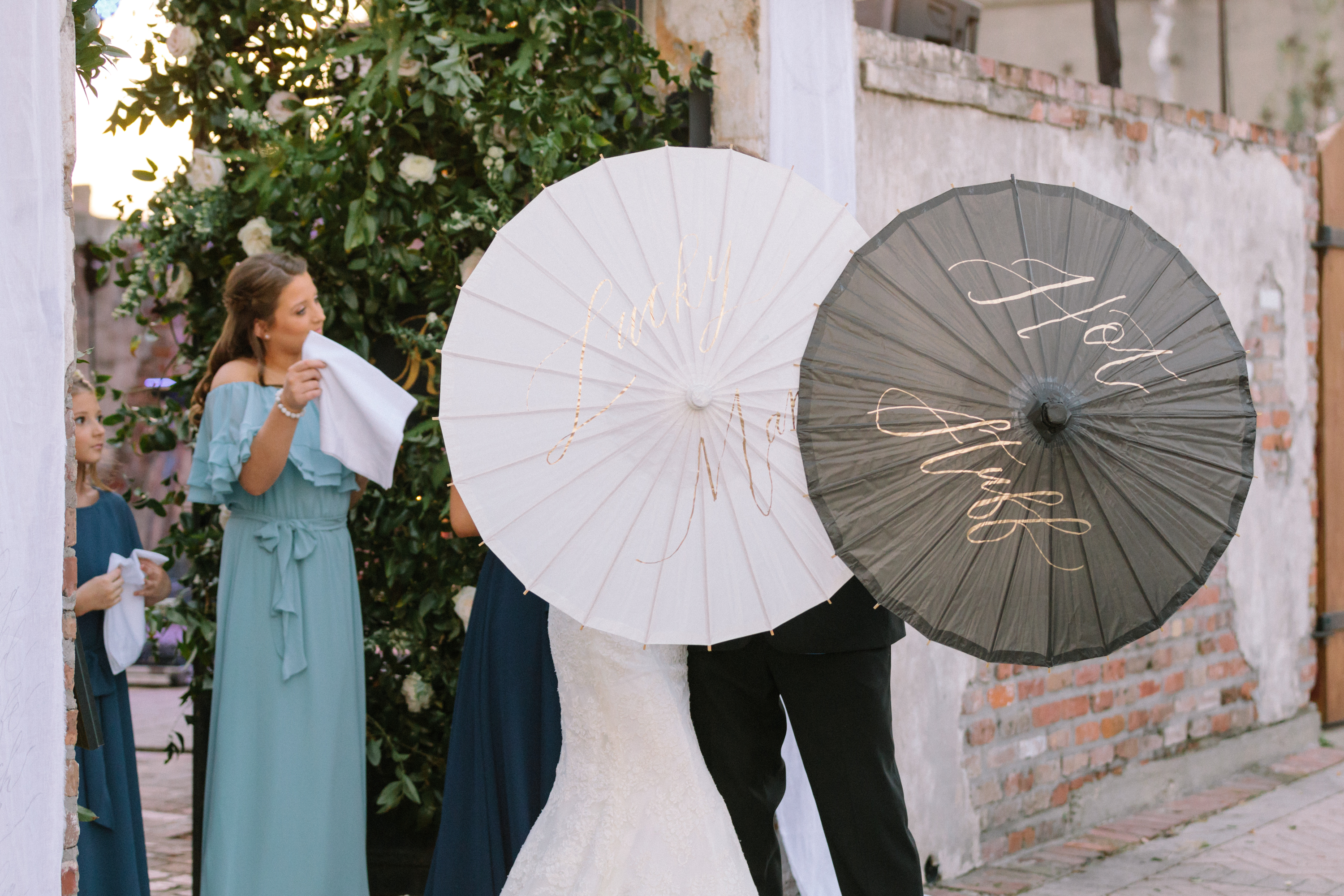
What traditions do you have questions about? Let us know in the comments below, or on our social media: Instagram or Facebook.
For more on Babin and Angela Marie Events, check out angelamarieevents.com.




